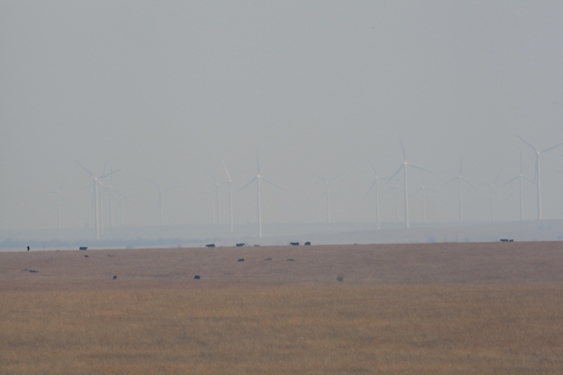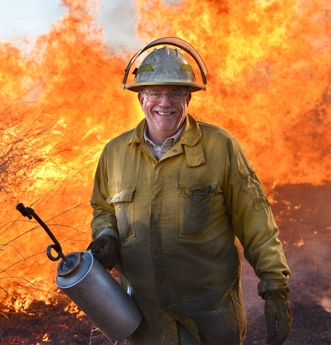It’s been a while since I’ve posted to the blog. Part of the reason for that is one of the topics I am covering in this post. I apologize for being so long between posts.
Make Safety a Priority

This is off topic for a grassland blog … but not entirely. However, I think it is an important message to share. When I was working as a conservation contractor, felling trees, for one reason or another, was part of that work. As a result, I established a policy related to using chainsaws. There were three simple rules: 1) always wear saw chaps; 2) if felling trees, always wear a helmet; and 3) if felling trees over 8” dbh, always have another person present.
Earlier this year I was taking out some frustration on some trees (that’s how grassland people release frustration, that or burn something) when a 20” dbh tree I was felling started to lean one direction then took an unexpected change in direction, falling back towards me. I ran, but was unable to get out of the way before it came down on top of my head. I suffered a severe concussion along with some nerve and muscular injury to my neck and back. Had it not been for rule #2 and #3, rules I still follow though not doing contracting work any longer, it is likely I would not be writing this blog.
The message I want to share: always wear your safety gear. If you don’t have it, buy it. It’s a cheap investment. In this case, the quick action of the person that was with me and a $75 helmet, I’m convinced, saved my life.
A Culture of Prescribed Fire
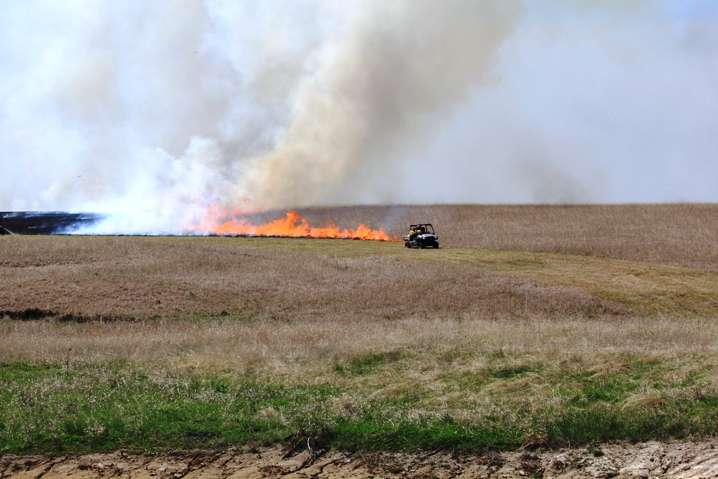
One of the projects I’ve been working on is a video on prescribed fire for cattle production in rangeland. Recently I was in Kansas shooting video, upon completing shooting for the day I headed from Kingman, KS to Medicine Lodge. At one point during the drive I could see no less than a dozen smoke plumes rising into the sky. In any other part of the county there would be general alarm at such a site, but in some parts of Kansas during the spring it’s part of everyday life, the people are accustomed to it. Though seeing a dozen smoke plumes was significant enough, it wasn’t nearly as significant as where it was. Last year, the Anderson Creek wildfire, which gained the dubious distinction of being the largest wildfire in Kansas history (312,427 acres) occurred just south and west of the town of Medicine Lodge in Barber County, KS (and other counties). This year, just 30 miles west of the area impacted by the Anderson Creek wildfire, the Starbuck wildfire in Clark and surrounding counties eclipsed the previous year’s record fire consuming 502,000 acres. You would think that following two consecutive years of record breaking wildfires, ranchers and citizens would be leery of fire, but not so. The locals have learned, many passed down through generations, that fire is good for rangeland; in that part of the country ranching is the primary industry and the economy is based on the productivity of the rangeland.
I certainly don’t mean to minimize the effect of wildfires on the ranchers and homeowners who were directly affected. Losing their homes, cattle and miles upon miles of fence will certainly have its financial and emotional impact, my thoughts and prayers go out to them, as well as my respect and admiration of what they are enduring. But if there is any silver lining in the tragedy at all, it is the fact that the rangeland will be more productive, which will translate to better cattle performance and hopefully better returns at the sale barn.
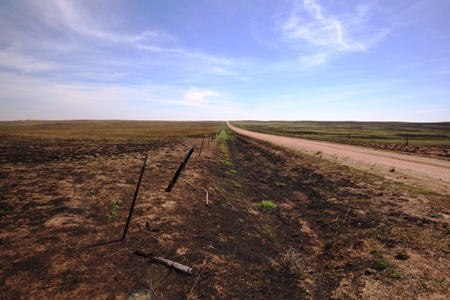
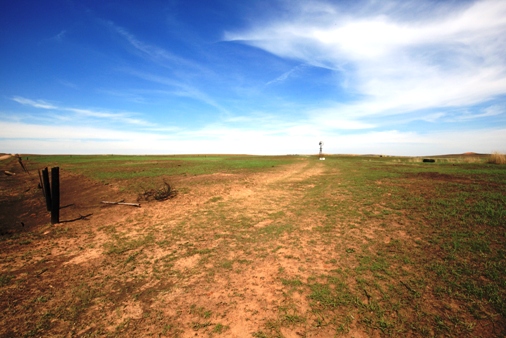
Driving back to Missouri through Kansas took me through the southern Flint Hills. Arguably, the Flint Hills are the longest, most continuously burned landscape in the US and world. Indigenous people burned this landscape to facilitate bison hunting and that legacy has continued ever since as free roaming bison herds transitioned to domestic cattle production. Burning the Flint Hills is an annual ritual and part of the culture. If you live in or around the Flint Hills, you expect a good portion of them to burn each year. In some cases, too much burns; to the detriment of wildlife through the destruction of cover over a wide range, sometimes thousands of acres in one block. But given the choice of burning or not, in this landscape, burning is better.
